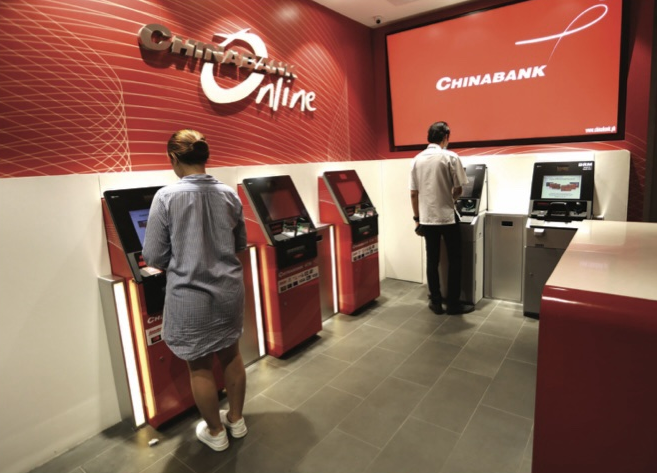The banking sector’s profitability ratios declined in April to June despite system-wide credit growth, higher assets, deposits and capital.
Based on Bangko Sentral ng Pilipinas (BSP) data, banks’ return on equity (ROE) and return on assets (ROA) decreased in the second quarter ending in June from end-March.
Meanwhile, four of the top five lenders kept their ranking in terms of ROE in the second quarter compared to the first quarter performance.
Banks’ ROE or the percentage of net profit or loss to average capital, dropped to 11.98 percent in the second quarter from 12.19 percent in the previous quarter.
This covered an average capital of P3.33 trillion from P3.29 trillion previously.
In the second quarter, the Sy-owned China Banking Corp. (Chinabank) reported one of the highest ROE at 15.2 percent, an improvement from the previous quarter’s 13.18 percent. Based on BSP data of which the latest was end-March, Chinabank was fourth in ROE in the first quarter.
Ayala-led Bank of the Philippine Islands maintained its second spot with an ROE of 14.93 percent from 14.44 percent in end-March.
Another Sy-controlled bank, BDO Unibank Inc., reported an ROE of 13.92 percent and securing its third spot in both quarters.
The Ty family’s Metropolitan Bank and Trust Co. had an ROE of 12.8 percent in the second quarter, down from 13.13 percent in the first quarter.
Government-run Land Bank of the Philippines with an ROE of 18.69 percent was No. 1 in the ranking in the first quarter. However, it has not yet reported its second quarter net income and ROE.
Meanwhile, the industry ROA, which is the percentage of net profit or loss to average assets, declined to 1.47 percent in the second quarter from 1.51 percent in the previous quarter.
Total assets covered by ROA averaged at P27.2 trillion from P26.65 trillion.
As of end-June, BSP data showed banks’ cost-to-income ratio, which measures banks’ efficiency in their operations, was steady at 56.06 percent from 56.10 previously.
Banks are able to manage their funding and borrowing costs.
In the second quarter, net interest margin (NIM) rose to 4.42 percent from 4.39 percent in the previous quarter. NIM is the percentage of net interest income to average earning assets.
Banks’ earning asset yield was unchanged at 6.35 percent, corresponding to average earnings asset worth P24.82 trillion, up from the previous quarter’s P24.31 trillion.
Funding cost, however, decreased to 2.18 percent in the second quarter from 2.22 percent in the first quarter since interest-bearing liabilities went up to P21.89 trillion from P21.41 trillion.
Sustained income growth
Banks’ profitability is driven by its strong revenues from lending and investing activities and from the efficient management of operating expenses.
As of end-June, banks combined net profits rose 4.14 percent to P198.14 billion from P190.263 billion in the same period in 2024.
Banks provide more provisions for potential losses since the non-performing loan profile has not yet returned to pre-pandemic levels.
The banking sector’s combined losses on financial assets stood at P73.61 billion in the first six months, 64 percent higher than the previous year’s P44.88 billion.
Provision for credit losses also increased to P84.19 billion during the period, up by 64 percent from P51.38 billion in end-June 2024.
Banks are still cleaning their balance sheets, five years after the Covid crisis which had bad loans rising to almost 5 percent.




